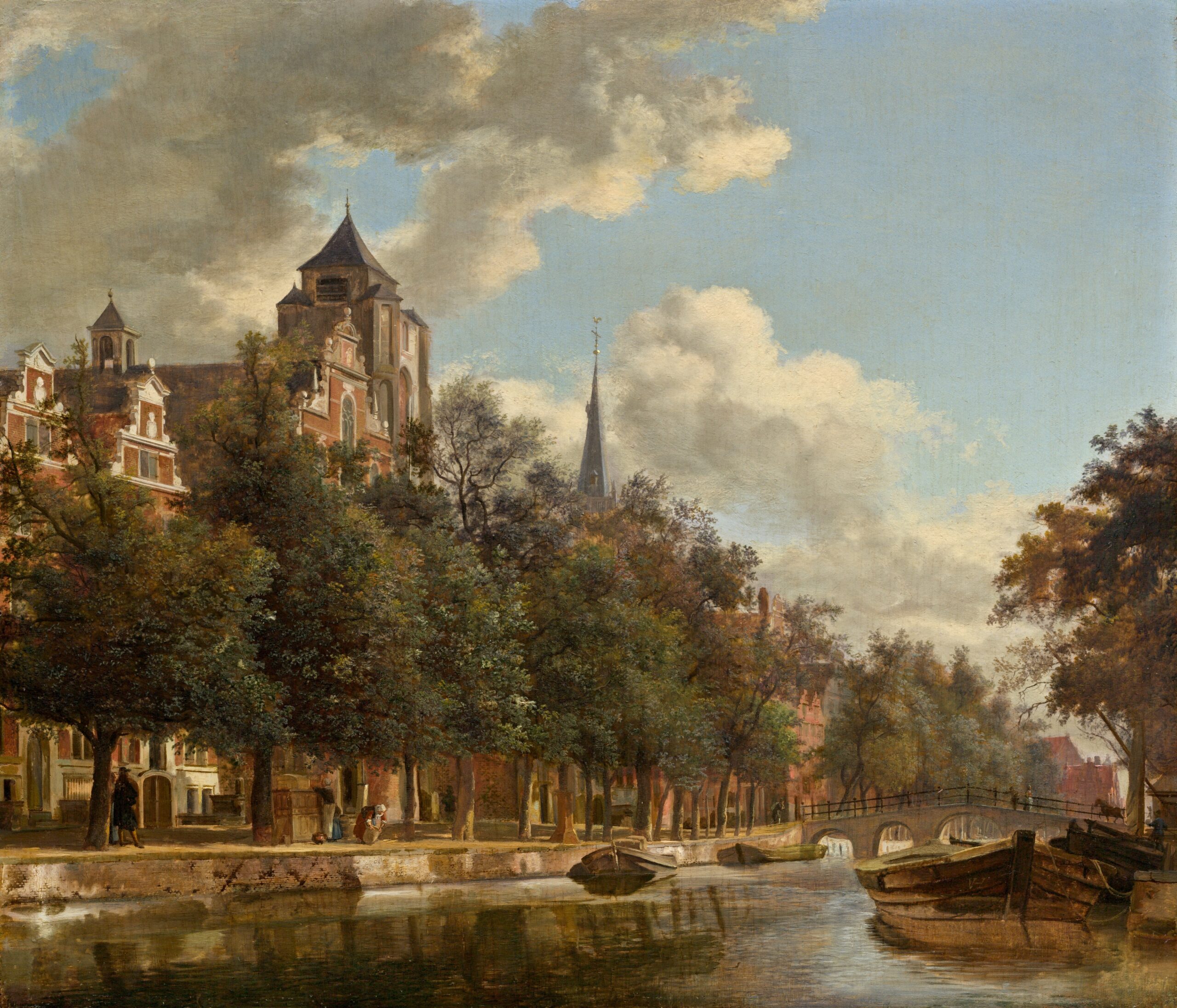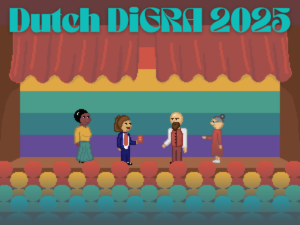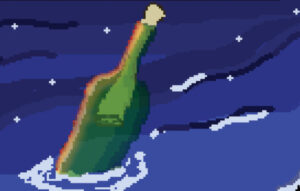
This article is the second part of a series of articles based on internship research within the Utrecht Center for Game Research conducted by Amy Lycklama as part of the completion of the MA New Media and Digital Culture.
The first part of the series can be found here. The main question introduced there is: Is there a specific Dutch identity to the game research conducted in the Netherland? Or at the UU? This second part explores the approach taken to tackle this question.
Understanding the identity of game research
Discussing the themes and patterns presented by game researchers from a variety of backgrounds at the UU offers an insight into possible approaches to understand the field of game research as a whole. In 2006, Steinkuehler wrote an article discussing the importance of establishing and maintaining a field for the study of games, arguing that “[games] provide a representational trace of both individual and collective activity […] enabling the researcher to unpack the bidirectional influence of self and society” (2006, p. 98). This might also be the case on a national level.
Exploring the ways in which people from within the field of game research understand their field and their position within it, can be also be used as a way to unify a somewhat fragmented field. According to a 2017 article by Deterding, the field of game studies is one that is made up out of a collection of sub-disciplines, with different subcommunities all coming together under the “game research” umbrella term (2017, p.531). Furthermore, exploring the self-identity of various groups of game research scholars at Utrecht University continues on from research conducted in 2013 by Märyä, van Looy and Quandt. They surveyed members of the game research community at a larger scale to quantify how members of the community may self-identify. Mäyrä, van Looy and Quandt found that there was a strong self-identification as “digital game researcher” by those surveyed, but that this identifier was also often times seen as an “inclusive, rather than exclusive part of their academic identity” (2013, p. 10). Game research was part of their identities, but a part that flourished in the context of the rest of their identity as academics.
In the exploration presented here it is important to keep in mind that while game research and game studies are an inherently interdisciplinary field, it does contain throughlines, shared interests, and connections and shared founding ideas. These allow this still relatively young field to continue to be referred to by larger collective terms, rather than needing to separate each discourse out into its own sub-category.
As previous research has established, game research is “an inherently interdisciplinary endeavour” (Detering, 2017, p. 522). The field’s interdisciplinarity has been built into it from the very beginning. However, within that interdisciplinarity it remains important to maintain a sense of identity, whether for the field as a whole or for the many sub-sections the filed can be broken into. This is not only reflected in the various answers I received as part of this research project, but also in the diversity of people I spoke with. Each found their way to game research (or game studies) in a different way, and each approach the field from their own unique viewpoints. Game research offers the ability for these different identities to come together under a shared umbrella identifier.
Self-perception in the context of this project is used to define and explore ways in which the participants construct an identity for game research and game studies for themselves, and what commonalities are shared amongst their constructed identities. As is stated by Mäyrä, van Looy and Quandt, roughly 79% of participants in their survey exploring self-identification for game researchers states that they would consider themselves as “digital-game researcher” (2013, p. 10). This project is much smaller in scale and based on several interviews rather than surveys. While some conclusions can be drawn, it is important to consider that they are only reflective of the statements made by three people. They do not speak for the field as a whole.
About the interviews
To explore the ways in which game researchers self-identified, I interviewed three willing participants from different disciplines within the UU, each with different connections to the field of game research. Michiel Kamp, whose work is in Ludomusicology; Laura op de Beke, whose experience stems from a humanities and cultural lens; and Sander Bakkes, whose experience comes from a computer science background. During the interview I asked each participant the following questions
- Is there something such as “Dutch game studies”? If so, what is it that makes it “Dutch” game studies education?
- What does game studies mean to you?
- if there was one thing you could make happen, what would it be?
In addition to these core questions, I also asked further follow up questions building on things shared with me in these interviews, related to the interviewee’s specific areas of expertise as well as their backgrounds. This way, I was able to ask questions that built specifically on their areas of expertise and interest, highlighting the variety of intersection points within their research identities and experiences with the area of game research.
After the interviews I proceeded to thematically group points that arose, allowing for some reflection on the complex and diverse nature of game research. The interdisciplinarity of the game research field certainly was an undercurrent to each conversation. Beyond this, I observed three major themes. The first theme I observed was that of “Dutchness”, wherein the applicability of the term Dutch was discussed and explored regarding game research. The second theme was applied versus theoretical practice. This became part of the discussion as a result of the varied approaches to game research in a country like the Netherlands where applied and theoretical studies are often times separated out into different educational institutions. The final theme was that of digital versus analogue games, both areas with a lot of developments.
The interviews have allowed me to highlight some key commonalities and differences within UU game research. The next part of this series will go into the interviews and the themes themselves. Stay tuned!
Bibliography
- Deterding, Sebastian. 2016. “The Pyrrhic Victory of Game Studies.” Games and Culture 12 (6): 521–43. doi:10.1177/1555412016665067.
- Mäyrä, Frans, Jan van Looy, and Thorsten Quandt. 2013. “Disciplinary Identity of Game Scholars: An Outline.” Proceedings of DiGRA 2013: DeFragging Game Studies., 1–16.
- Steinkuehler, Constance A. 2006. “Why Game (Culture) Studies Now?” Games and Culture 1 (1): 97–102. doi:10.1177/1555412005281911.
This article was written as part 2 of a 3 part series of articles based off of the Internship research conducted by Amy Lycklama as part of the completion of an MA in New Media and Digital Culture at Utrecht University (Article 1 [HERE] and Article 3 [HERE])





